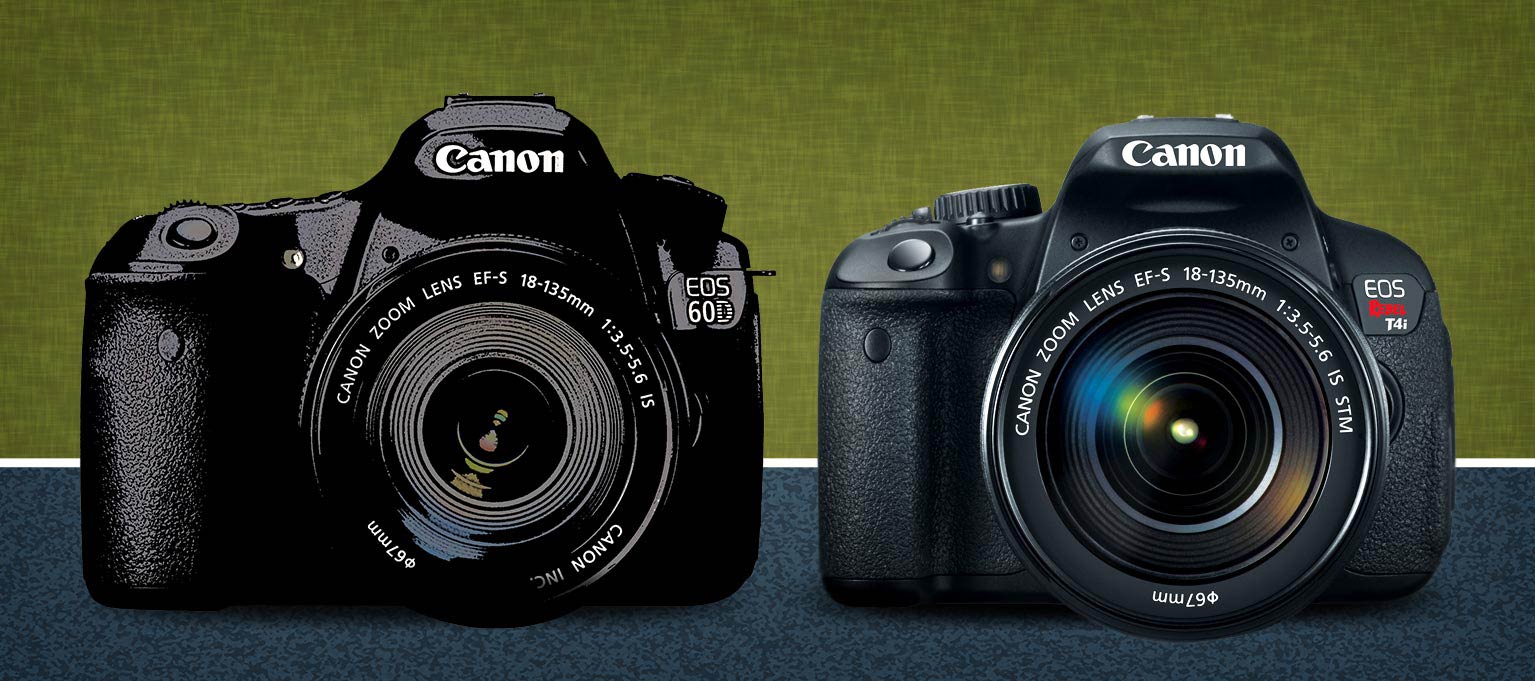New T4i vs Aging 60D: Which is the Better Buy?
The powerful new Canon Rebel T4i surpasses the T3i in several ways, but how does it compare to the Canon 60D, the mid-level but slightly aged SLR? Surprisingly well, actually. With its new auto-focus system and processor, the T4i has caught up to the 60D in a couple of important respects, and bested it in others. The fact remains, though, that the 60D is a mid-level camera while the T4i is an entry-level model. How much difference will this make to a photographer who is progressing beyond being a novice? Enough that for some photographers the Canon 60D will still be the right choice, while for others, the T4i will be just as good or better. Let me explain.
As usual, a glance at the comparison table may be a useful place to start. To see the whole table at once, choose “50” from the drop-down menu in the upper left corner.
| Canon Rebel T4i / 650D | Canon 60D | Canon Rebel T3i / 600D | |
|---|---|---|---|
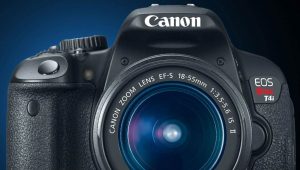 | 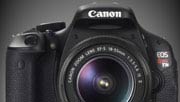 |
||
| Amazon Price (body only) | $579.00 | $879.99 | $ |
| Kit Price (Body + 18-135 STM / 18-135 orig.) | $789.00 | $899.95 | $ |
| Body Material | Polycarbonate, Fiberglass Resin and Stainless Steel | Polycarbonate, Aluminum, Fiberglass, and Stainless Steel | Polycarbonate, Fiberglass Resin and Stainless Steel |
| LCD Size / Resolution | 3.0" 1,040,000 pixels | 3.0" 1,040,000 pixels | 3.0" 1,040,000 pixels |
| LCD Articulated? | Yes | Yes | Yes |
| LCD Touch Sensitive? | Yes | No | No |
| Sensor Size | 14.9 x 22.3mm (APS-C) | 14.9 x 22.3mm (APS-C) | 14.9 x 22.3mm (APS-C) |
| Crop Factor | 1.6x | 1.6x | 1.6x |
| Sensor Resolution | 18 Megapixels | 17.9 Megapixels | 17.9 Megapixels |
| ISO Range | 100-12800 +25600 | 100-6400 +12800 | 100-6400 +12800 |
| Total AF Focus Points | 9 | 9 | 9 |
| Cross-Type AF Sensors | 9 | 9 | 1 |
| AF Light Level Range | -.05 to +18 EV | -.05 to +18 EV | -.05 to +18 EV |
| Metering System | 63 Zone Point Linked Evaluative 9% Center Weighted 4% Spot | 63 Zone Point Linked Evaluative 6.5% Center Weighted 2.8% Spot | 63 Zone Point Linked Evaluative 9% Center Weighted 4% Spot |
| Exposure Compensation | 1/2 or 1/3 stops | 1/2 or 1/3 stops | 1/2 or 1/3 stops |
| Max Frame Rate : RAW (14-bit) | ~5 | 5.3 | 3.7 |
| Max Burst Duration RAW (at highest frame rate) | 6 | 16 | 6 |
| Max Burst Duration JPG (at highest frame rate) | 30 | 58 | 34 |
| Shutter Speed Range | 1/4000th - 30 sec. +bulb | 1/8000th - 30 sec. +bulb | 1/4000th - 30 sec. +bulb |
| Maximum Flash Sync Shutter Speed (standard flash) | 1/200th sec. | 1/250th sec. | 1/200th sec. |
| HD Video Resolutions | 1080p, 720p | 1080p, 720p | 1080p, 720p |
| Available HD Video Frame Rates | PAL and NTSC 24/25, 30 at 1080p 50, 60 at 720p | PAL and NTSC 24/25, 30 at 1080p 50, 60 at 720p | PAL and NTSC 24/25, 30 at 1080p 50, 60 at 720p |
| Firmware Sidecar Available | Unknown | Working: Magic Lantern | Working: Magic Lantern |
| Media Type | SD / SDHC / SDXC UHS-I compliant | SD / SDHC / SDXC | SD / SDHC / SDXC |
| Weight | 575g (including battery) | 675g (body only) | 570g (including battery) |
| Viewfinder Coverage | 95% .85x magnification | 96% Frame, .95x magnification | 95% 0.87x magnification |
| Built-In Wireless Strobe Control | Yes | Yes | Yes |
Speed
At first glance, the cameras appear to be quite close in this regard; thanks to its new Digic 5 processor, the Rebel now shoots at approximately 5 frames per second, while the 60D shoots at 5.3. However, the T4i did not receive a buffer memory upgrade along with its processor, so after 6 continuous RAW shots (just over a second), the T4i will have a full buffer, and shooting will slow to a crawl until the buffer data is fully written to the SD card. The 60D, on the other hand, can shoot for nearly 3 continuous seconds (16 RAW shots), or more likely, several shorter bursts within 4 or 5 seconds, before the buffer is filled. For both cameras, that number can be increased dramatically by shooting JPG, but of course, subject to the equally dramatic loss of image information that is stored (8-bit JPG files can record only ~1.5% of the data stored in a 14-bit RAW file).
When it comes to shutter speed and flash sync speed, the Canon 60D still holds the advantage. The top shutter speed of the 60D is 1/8000th of second, vs the 1/4000th sec. of the T4i. Despite the appearance, this is probably less significant than it seems; it is rare that photographers are able to shoot at their camera’s top shutter speed due to the bright light requirements, and there are few shooting situations in which a 1/8000th sec. shutter speed would freeze the action but 1/4000th would not. The flash sync speed, though, is slightly more significant: 1/250th on the 60D compared to 1/200th on the T4i. For photographers using flash (without high speed sync) mixed with ambient light to shoot action, such as basketball in a poorly lit gym, any loss of shutter speed below 1/500th of a second can contribute to partially blurred images. Very few amateur photographers shoot with off camera flash mixed with ambient light, however, because of the technical knowledge required. If you’re not interested in learning how to use complex flash setups, or if you only shoot with ambient light, this can be ignored when making your decision.
Features for Serious Shooters
One of the things that differentiates a serious photographer from a novice is the willingness to over-ride the camera’s suggested exposure and dial in something better, a process better known as “exposure compensation”. Indeed, for professionals (and particularly event photographers), the skill is critical. Both the T4i and the 60D are capable of exposure compensation, as are all modern SLRs, but the 60D follows the tradition of all professional-level EOS cameras since the late 1980s and provides the photographer with a thumb wheel on the back of the camera that instantly allows them to add or subtract up to 3 f-stops of exposure. To do the same thing on the T4i, the photographer must first locate and press the exposure compensation button [+/-] on the rear of the camera and then remove their finger from the shutter button to adjust the exposure, then return to it to take the photo. That may sound simple (and I suppose it is), but it is time consuming… and when wasting time means missing an important moment in an event, timing is everything.
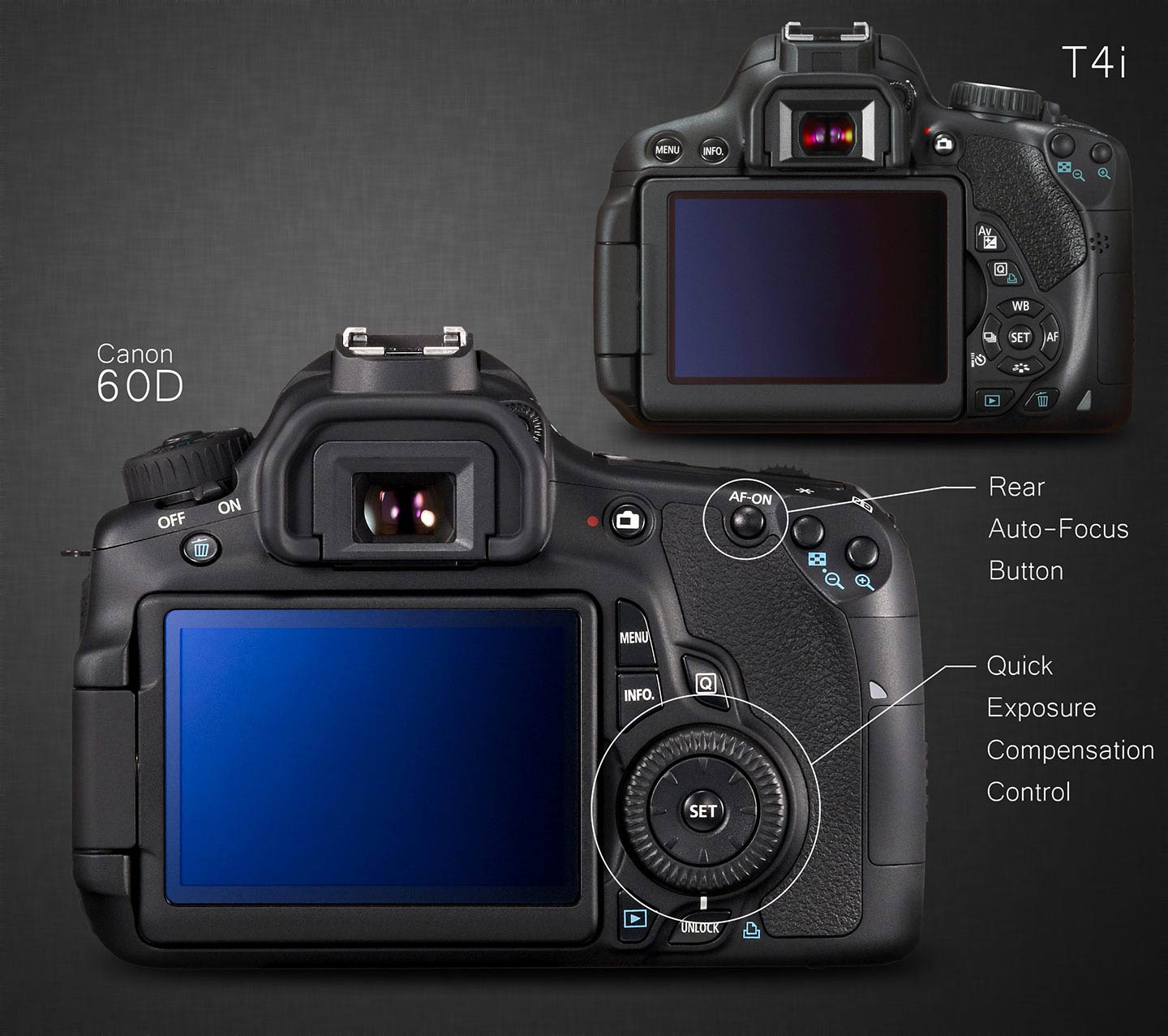
Similarly, the top LCD panel on the 60D adds an extra convenience when time is tight; at a glance, you can check all of your camera’s important settings while lifting your camera to your eye. This is something that I usually take for granted, but every time I test an entry level camera, I recognize how much I rely on it. Of course, a display of all of these settings are also available on the T4i by simply pressing the “Q” [Quick Control Settings] button and looking at the rear LCD, but again, it takes time and a conscious effort.
Finally, the 60D also has a rear auto-focus button which allows the photographer to de-couple focus and shutter release. This is a feature that is ignored even by many advanced photographers, but many professional sports and wildlife photographers swear by it. An explanation of why it’s so popular is, unfortunately, beyond the scope of a comparison like this, but a it is well explained on by Canon’s Digital Learning Center. Again, this feature is available on the T4i by using a custom function to assign focusing to another button, but there isn’t a dedicated button for it.
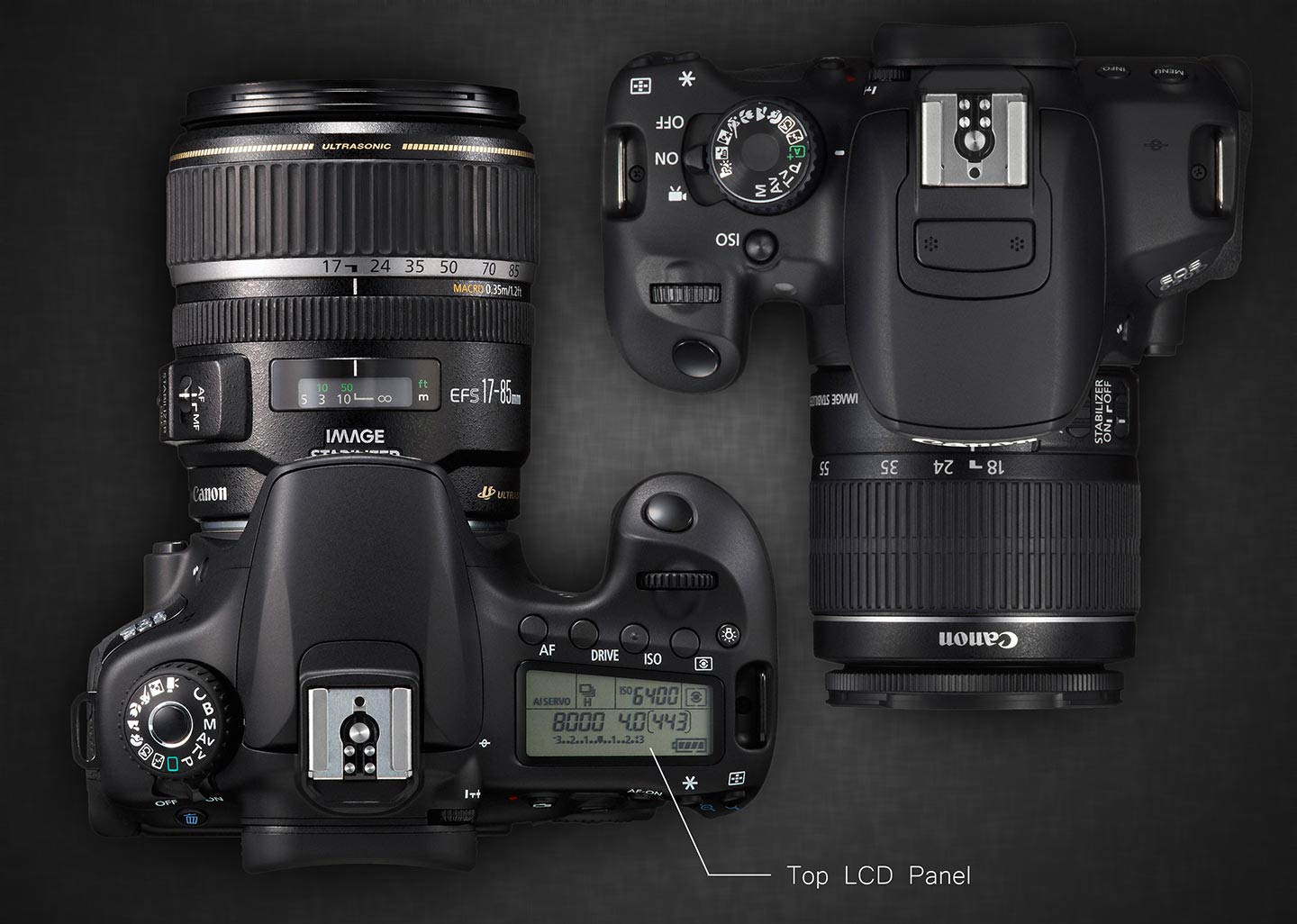
Where Does the T4i Excel?
Even as an entry level camera, the Canon T4i has an advantage over the 60D by being a brand-new model, and consequently containing some of Canon’s newest technology. Though it provides several advantages over the older T3i, it holds only two real advantages over the 60D: the touch screen and the new video focusing system. The T4i’s new sensor also provides an additional f-stop of native high-ISO performance (ISO 12800 vs the 6400 of the 60D).
Initial opinions of the T4i’s touch screen have been mixed, but I think that it will generally be appreciated by photographers who are moving up from point-and-shoot cameras and iPhones. Users with large fingertips may, at times, find the menu layout more difficult to navigate than the interfaces of popular smart phones and tablets, as the menu items are relatively small, but this should not be a serious problem for most users, and browsing through photos and videos should be a snap.
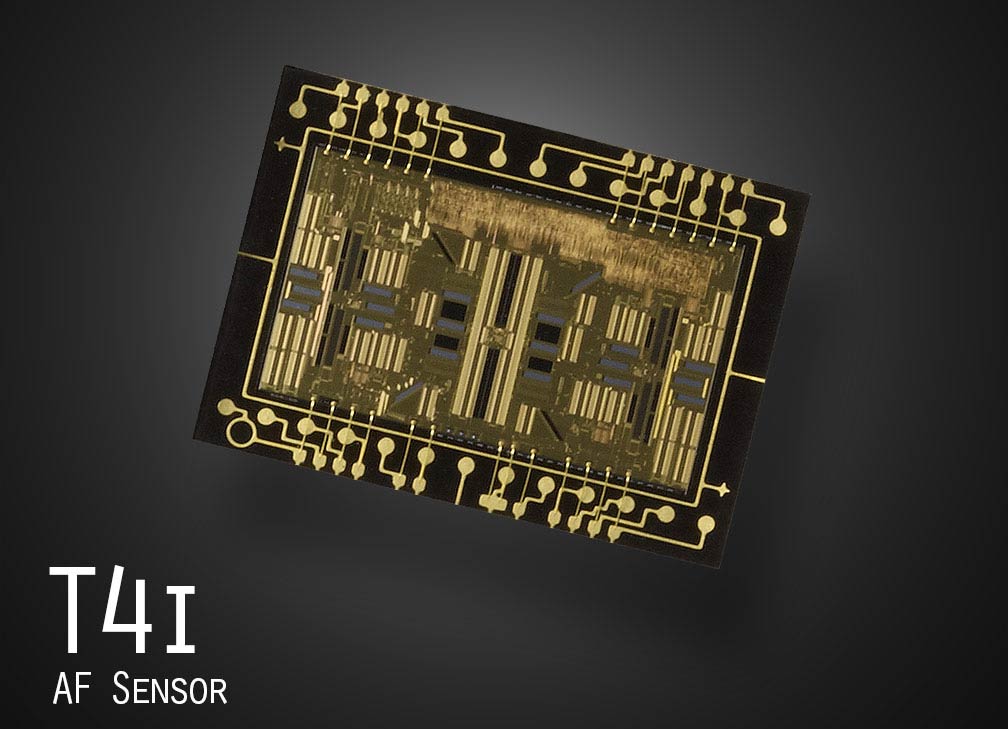
More important, though, is the ability to use an SLR for video in the same, easy way that most people would use a video camera: with fast, full-time auto-focus. All other Canon SLRs can focus (very) slowly while shooting video when the shutter button is pressed, but the AF system must search for the correct focal plane, then focus past it, and then back to it to make sure that it’s found the sharpest focus. This system is so slow and frustrating that casual video shooting has never been popular with Canon SLRs.
The T4i will change all of that. Not only is the continuous AF system capable of detecting and tracking faces, it is quite fast and no longer has to hunt past the correct focal plane to pull focus with its hybrid phase-detection system [from my limited experience, it still seems substantially slower the camera’s AF performance while shooting still photos, though].
It is also worth mentioning that the T4i has a new AF system for still photography as well, having upgraded all of its 9 AF points to cross-type sensors. As such, the T4i is right on par with the formerly superior AF system of the 60D.
Conclusion: Who Should Buy the T4i?
For the casual photographer, the Canon T4i is a very attractive option.
I recommend the T4i to photographers who:
- want to shoot cinema quality HD video with the convenience of a video camera. The camera is perfect for video bloggers and others who need to record themselves, unassisted.
- would appreciate the convenience of a touch screen LCD, and are willing to take the necessary precautions to keep it from breaking.
- need fast performance, but do not shoot fast bursts of shots very frequently (ie, several times a minute)
However, I’d still recommend the 60D to photographers who:
- shoot events and need quick access to exposure compensation
- are not interested in shooting video or
- prefer to shoot video with manual focus (as many film students or professionals will)
- are not intimidated by browsing through the camera’s menu with buttons and arrows
- frequently photograph action in RAW format and require frequent high-speed bursts of shots
If you do decide on the 60D, I’d strongly recommend NOT buying it with the old 18-135mm lens. Instead, buy the body alone and purchase the superior new 18-135mm IS STM version of the lens separately instead.
Also keep in mind that there are some tactile differences between the cameras. The 60D is physically larger and a little heavier, and it’s viewfinder provides a slightly larger image to view. Some photographers, especially those with larger hands, prefer the feel of the larger camera, while others will find the T4i’s compact size an advantage (especially those who need to pack light for travel or conceal a camera).
I’ve tried to keep this comparison brief and focused on the most important differences between the cameras, but if you have still have any questions, please feel free to ask me in the comments section below.

